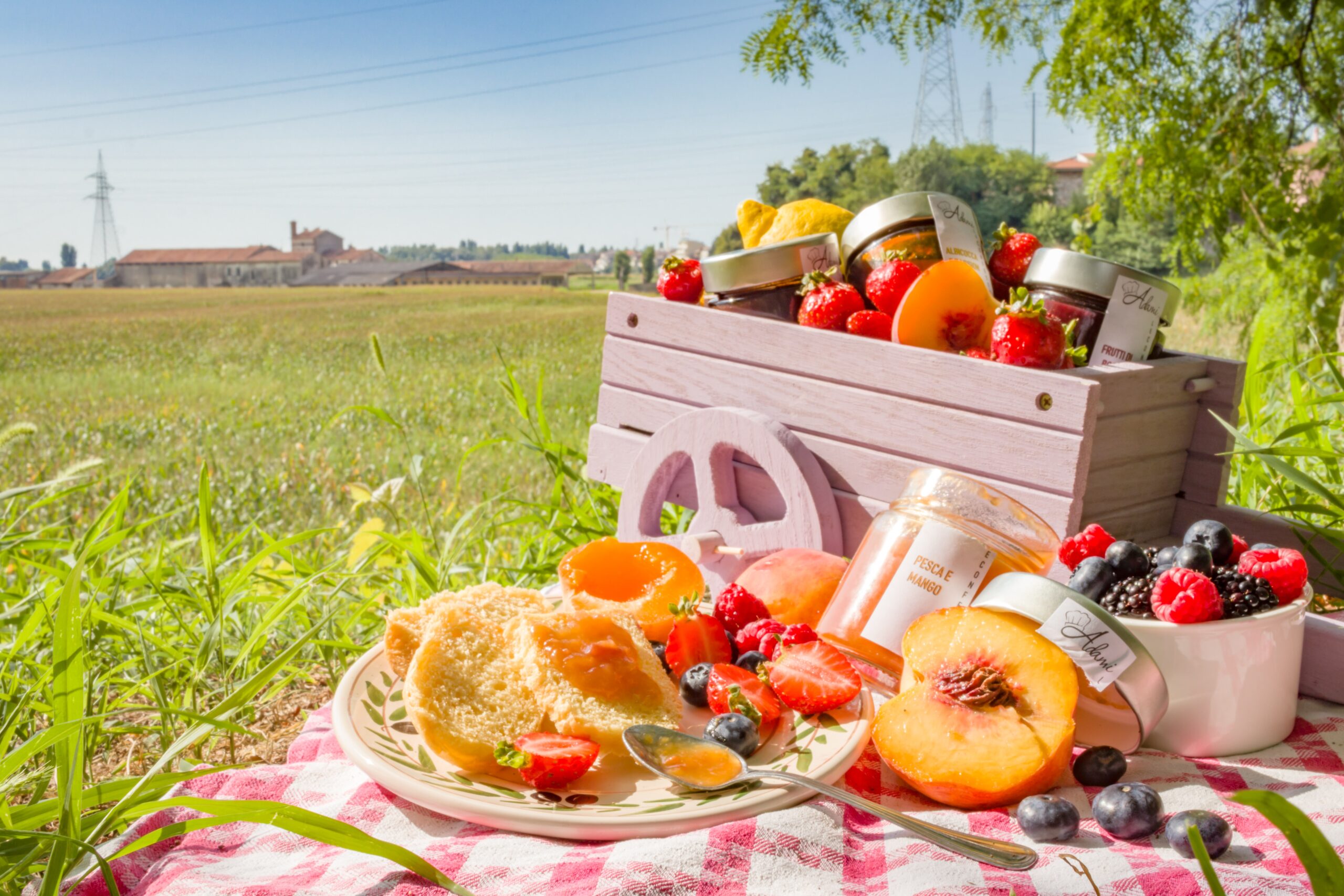August and early September are the ideal time for your summer picnic, but these months are also the perfect time for wasps to enjoy your picnic as well.
When you encounter wasps or their relatives while you’re out and about enjoying nature, we think it’s wise to be aware of their habits, what distinguishes them from other similar-looking insects, and how you can mitigate their impact on your activities.
Wasp, Bee, or Hornet?
We share the Treasure Valley with several types of wasp, most from the family Vespidae, which includes everything from European paper wasps and yellow jackets to hornets. Knowing what type you’re dealing with is important because control measures vary across species.
European paper wasps are easy to identify by their long legs that dangle while in flight. They have a thin segment that connects their abdomen to their thorax. These insects build their nests under eaves and in other high places with paper. Their umbrella-shaped nests dangle from a thin stalk, and the comb cells are often visible from below.
Yellow jackets build their papery nests on the ground in old logs or in hollow areas underneath sidewalks and driveways. Their bodies are striped with yellow and black, similar to the honeybee. However, the yellow jacket’s coloring is brighter and their bodies are sleek, while the honeybee is slightly furry.
The most common hornet around us is the bald-faced hornet, but this isn’t a true hornet—instead it’s a type of social wasp. They’re distinguishable from other local Vespidae because they’re mostly black, with white markings on their bodies and faces. Their nests are large and papery as well, sometimes getting as large as a volleyball.
What Are Their Habits?
Now that you know what they look like, what is it they do?
In late summer, these insects’ diets change from other insects to higher sugar content. They want lots of energy-providing sugar before fall, and your picnic is an easy place to get it.
Yellow jackets love a good shish-kabob and will zoom into your cookout or bbq and zip off with small hunks of meat, maybe a tiny slice of tomato, and other cookout-related vittles. This can be a bit shocking, especially for those who have been stung before and know how painful that is.
European paper wasps feed on ripe fruit such as berries and peaches, which can be frustrating for outdoor enthusiasts as well as owners of gardens and orchards.
But it’s not only fresh fruit and picnic areas. Trash and garbage cans near picnic pavilions and homes are prime food sources as well. Yellow jackets in particular will focus on these areas to forage and scout for food.
We like to keep in mind that wasps and bees provide balance to the ecosystem with beneficial behaviors—they help with pollination and prey on insects that are truly detrimental to humans and their gardens.
That said, when they’re engaging in unwanted behaviors and stinging—which can be dangerous, especially for people with allergies to their venom—control measures are necessary.
Taking Action against Wasps
Traps are one of the first steps against wasps, especially around picnic areas and garbage cans. The one downside is that most traps typically target yellow jackets that make their nests on the ground.
These traps will have little impact on aerial yellow jackets or paper wasps unless specifically noted on the trap.
For paper wasps, fruit-baited traps can work if placed in areas around your living space that are seeing infestations.
We also suggest paying attention to outdoor water, particularly where mud is also present. This will help eliminate them from areas around your home, especially those with high traffic.
We’re experts on Boise pest control, especially when it comes to wasps. We help you take action in ways that don’t damage other species. Let us know what problems you’re having with wasps and we’ll be happy to assist you!



